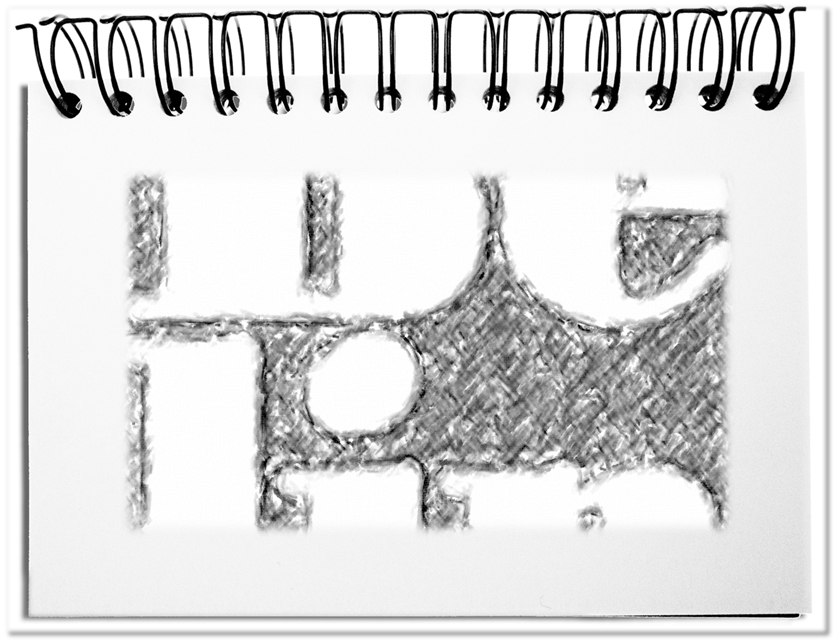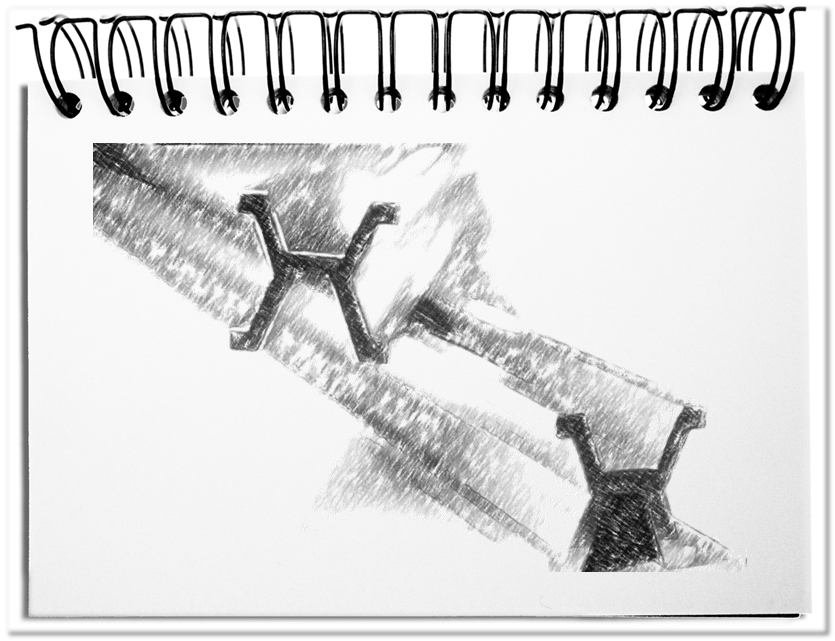Not only since the Internet there is the tendency to ever shorter texts. Blog posts provide facts, opinions and gossip with less than 1000 words. In extreme cases a Tweet compresses expressions into 140 characters. Thus, it will be more and more important to be aware that a text contains only a part of the meaning. Additional meaning is between the lines.
The steps to this additional sense go over questions concerning the following aspects.
- Intentions
Each text is written with a certain intention that does not necessarily reveal itself in the text. If somebody describes drawbacks, like for example the U.S. in the course of the Volkswagen crisis, then the text conveys noble reasons, like the protection of the environment or the consumers. If one could see behind the scenes, then perhaps the true intentions would become visible – influencing the automobile market or damaging the European economy in favor of the U.S.
The question that arises is: What are the true intentions of the writer? - Concepts and terms
The words that are used in a text, are coming out of the mind of the author, which he learned through concepts and terminologies. In German, new terms can be quickly created by simply combining two nouns, like e.g. joy and hunger to joy hunger. But the resulting word will be incomprehensible to some and understandable to others. If the word is used in the context of psychology, another association emerges, as if one finds it in a cook book. Eventually one cannot know, what the writer originally meant. The appropriate questions are:
In which context are the words used? What do the words mean? - Standards
All texts evolve in a cultural context with certain standards. If an American writes a text, then the individual is always in the limelight – the American dream stimulates for special performance. In Asian countries the text is created in the context of social relationships – the stimulus results from the obligations for the community.
The suitable question is: Which standards push the meaning into which direction? - Way of writing texts
The production of texts can be very different. Hand written words from the ivory tower have another character, than sentences written by hand in a coffee shop, or typed with a typewriter, or entered into a computer or spoken into a tape recorder. The same is also valid with the text interpretation – read or listened. According to the procedure, texts have a more or less well structured story line as well as a respective consistency of the thoughts.
The questions are: Where and how was the text created? - Feelings
“Whereof one cannot speak, thereof one must be silent.” Ludwig Wittgenstein finished with this sentence his Tractatus Philosophicus. And this is where we find the limits of expression. Feelings that move us and that we do not have a word for, cannot be expressed accordingly with words. Nevertheless they affect the flow and the conclusions that are written or are omitted in the text.
The associated question is: What was the mood of the author?
Bottom line: In summary, a text is much more than the sum of its words. In most of the cases it will be difficult to determine those additional backgrounds. Perhaps at least a part might be discovered, by imagining additional meaning between the lines.


